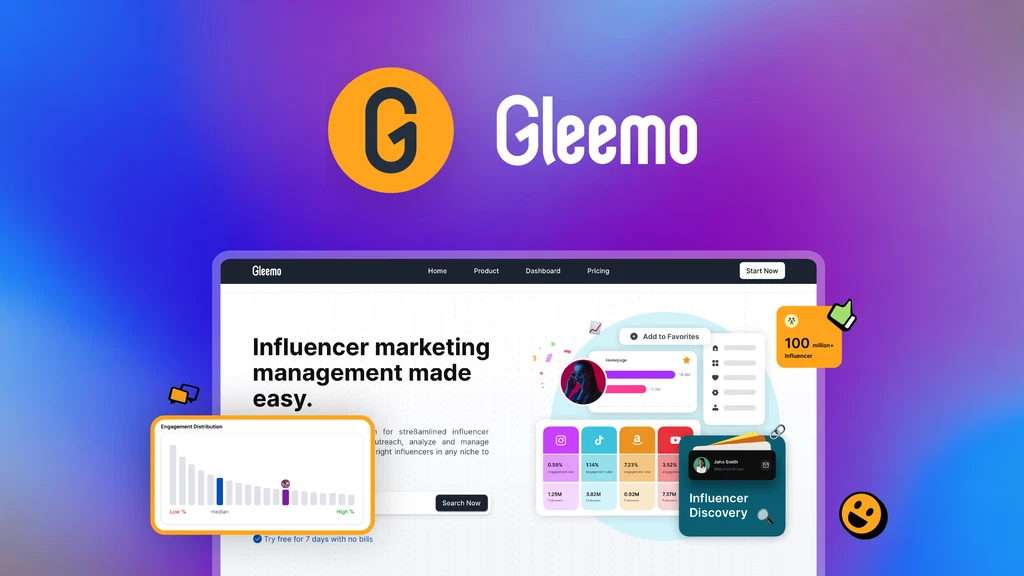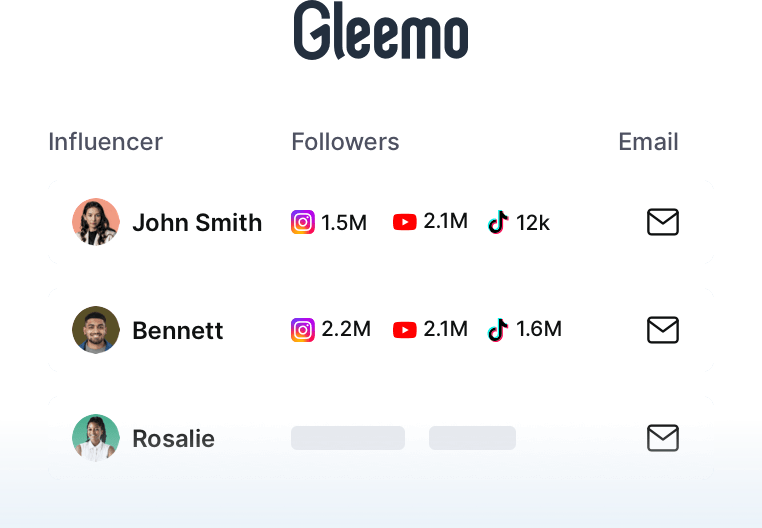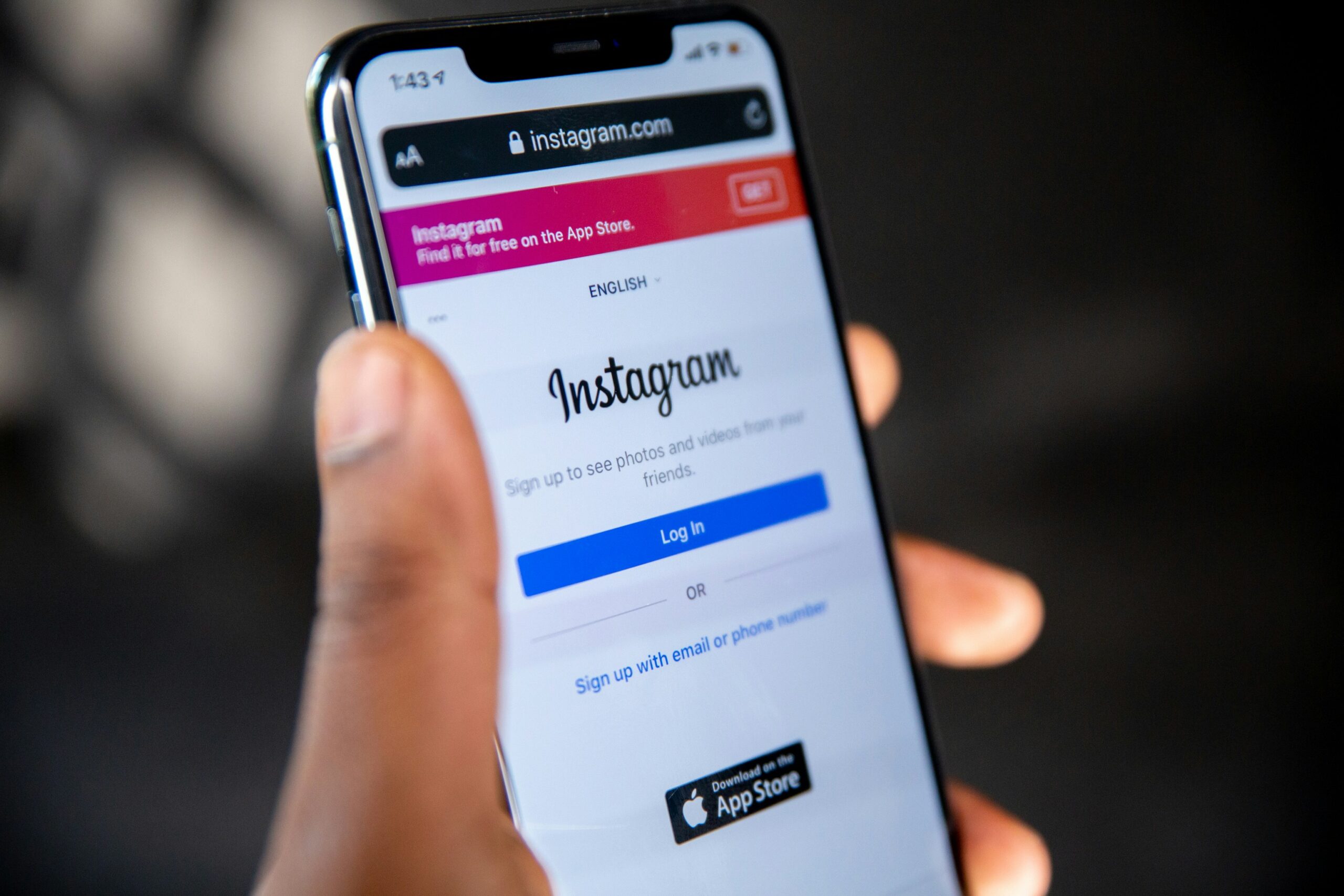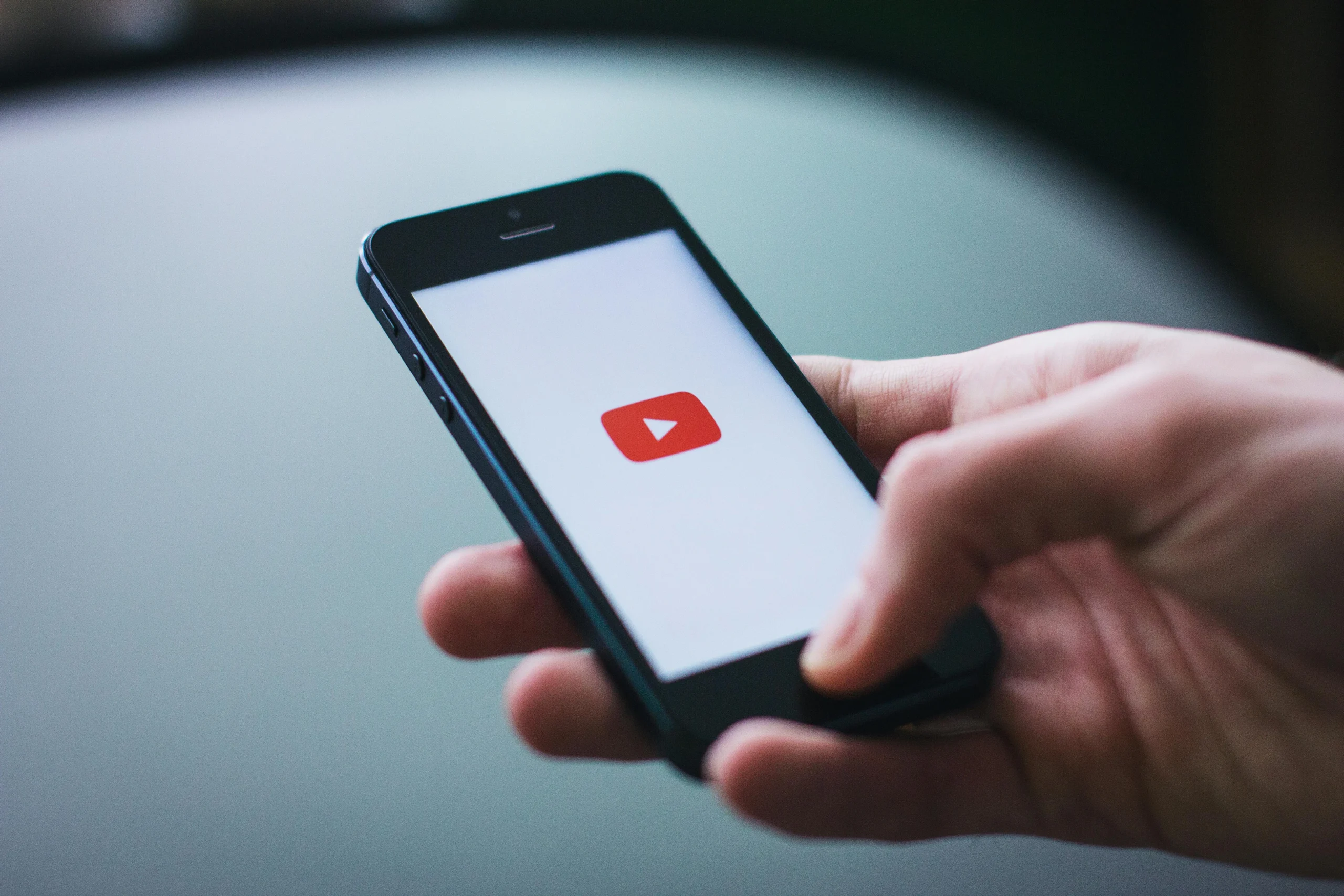Marketers often ask how to find influencers who can deliver real results instead of vanity metrics. This guide gives a clear, repeatable process you can follow whether you are a new brand or an established team. It also shows how a tool such as Gleemo can speed up each step.
What is an influencer?

An influencer is someone with a dedicated social following who impacts their audience’s decisions. Unlike content creators who focus primarily on original work, influencers specialize in promoting products authentically. They bridge the gap between brands and consumers—especially valuable today, where consumers prioritize honest brand collaborations.
What are the four types of influencers?
Influencers are often categorized by their follower count, and each influencer type offers different benefits. Knowing these types helps you decide how to find influencers for your brand that match your goals and budget.
| Type | Follower Range | Typical Use Case |
| Mega influencers | 1M+ | Mass awareness for large budgets |
| Macro-influencers | 100k–1 M | Niche-wide reach at a high cost |
| Micro-influencers | 10k–100k | High engagement and low cost |
| Nano-influencers | <10k | Local or tight-knit communities |
Mega influencers
These are celebrities or public figures with 1 million+ followers (e.g., actors, athletes). They offer massive reach but can be expensive. A mega influencer might raise brand awareness quickly, but their audience may be too broad to drive meaningful engagement.
Macro-influencers
With 100k–1 million followers, macro-influencers are often experts or popular creators in their niches (e.g., tech YouTubers). They balance reach and engagement, making them good for promoting products to a dedicated but sizeable audience.
Micro-influencers
These creators have 10k–100k followers and focus on specific topics (e.g., “AI for small businesses” or “content creation hacks”). Their audiences are highly engaged and trust their recommendations. Micro-influencers in marketing or tech niches can drive targeted interest and conversions.
Nano-influencers
With under 10k followers, nano-influencers have tight-knit communities. They’re affordable and often have the highest engagement rates. If you’re launching a product to a specific group (e.g., freelance writers), nano-influencers in that space can deliver authentic, personalized promotions.
How to define your ideal influencer
Before you start searching, clearly define what makes an influencer a good fit for your brand. Use these questions to guide you:
Does their audience match yours?
Their followers should care about your niche, whether it’s content creation, tech tools, or productivity—people who would actually use your product.
Do their values align with your brand?
If your brand emphasizes simplicity and innovation, look for influencers who prioritize those qualities in their content.
What content style works for your brand?
Features like tutorials or reviews could be showcased in various formats. Find influencers whose style matches these formats.
What’s your budget?
Nano and micro-influencers often work for free products or lower fees, while macro influencers require larger budgets. Align your ideal influencer with what you can invest.
5 ways to find influencers for your brand
Finding authentic influencers who connect with your audience is essential for successful campaigns.
1. Define Your Goals
What do you want to achieve? Brand awareness? Website traffic? Lead generation? Sales? Direct sales favor micro/nano-influencers with high engagement, while broad awareness might leverage macro-influencers.
Write one sentence that states the single metric you will track. Example: “Drive 1,000 coupon redemptions in 30 days.”
2. Map Your Target Audience
List the basics:
- Age range
- Top 3 interests
- The Platforms they use most
- Typical buying triggers
Use this list to filter influencers later. If your audience is 25-34-year-old eco-conscious shoppers on Instagram, ignore creators who mainly post on Twitch.
3. Use influencer marketing tools
Influencer marketing platforms are tools that simplify the management of influencer marketing campaigns. They offer a range of features, but many platforms are equipped with search tools to help brands find the ideal influencers.
For example, Gleemo leverages a massive database of over 100 million influencers across Instagram, YouTube, TikTok, and Amazon, combined with advanced AI technology to deliver a seamless search experience.

Here are more details on how the platform helps you find the right influencers:
- Extensive Reach: Access millions of influencers across Instagram, YouTube, TikTok, and Amazon, covering diverse niches and audiences.
- Powerful Filters: Narrow down profiles using detailed criteria—follower counts, engagement/growth rates, keywords in bios/hashtags, audience demographics (gender, location, interests), and fake follower checks.
- Quick Precision: Sort by relevance, bulk-save promising candidates, and instantly identify on-brand influencers that align with your campaign goals, all in one platform.
4. Search on Google
You can use Google to search for influencers. For example, create keyword alerts for your brand or topics closely related to your industry, search for bloggers or industry experts, or browse blog posts on niche topics.
You can also directly enter keywords like “beauty + Instagram” in Google to filter out relevant influencer homepages, and you can also find some curated influencer lists, which often categorize influencers and detail their follower counts, engagement rates, etc.

5. Finding influencers by Social Media Platforms
Different platforms attract different influencers and audiences. Here’s how to find influencers on each:
How to find influencers on Instagram
Instagram is great for visual brands and lifestyle niches. To find influencers here:
- Search hashtags like #fashionlook or #aitools.
- Use Instagram’s “Explore” page to find trending posts in your niche.
- Check the “Tagged” section of competitor accounts to see who’s promoting similar products.
Look for creators sharing carousels or Reels about productivity tools—these formats work well for demonstrating AI features.

How to find influencers on Facebook
Facebook is ideal for B2B brands and older audiences. To find influencers:
- Join niche groups (e.g., “Digital Marketing Professionals”) and look for active members with engaged followings.
- Use Facebook Search with terms like “top AI influencers” or “content creation experts.”
- Check Facebook Pages with high engagement—their admins are often influencers.

How to find influeners on YouTube
YouTube is perfect for in-depth tutorials and reviews. To find influencers:
- Search for videos about your niche (e.g., “influencer search tools”).
- Look at video comments—high engagement indicates an active, trusting audience.
- Check YouTube’s “Channels” tab to find creators with consistent content in your space.

How to find influencers on TikTok
TikTok thrives on short, engaging videos. To find influencers:
- Search for trending sounds or effects related to your niche (e.g., “influencer search tools”).
- Look for creators with high views on relevant content—TikTok’s algorithm favors authenticity, so even newer creators can have big impact.
- Focus on creators making “how-to” videos or tool reviews—these perform well on TikTok.

How to find influencers on Amazon
If you sell products on Amazon, look for influencers in the Amazon Influencer Program. These creators review products and share links to their Amazon Storefronts. This can drive direct sales for your product.
Build Powerful Campaigns by Working with the Right Influencer
Once you’ve found influencers, focus on building effective campaigns:
- Give creative freedom: Let influencers put their own spin on your brand—authenticity drives better results than scripted content.
- Offer value: Provide free access to your product, exclusive discounts for their audience, or fair compensation to keep the partnership mutually beneficial.
- Track results: Use analytics tools to monitor metrics such as engagement on influencer posts, traffic to your website from their links, and conversions. This helps you see what works.
Final Thoughts
Knowing how to find the right influencer for your brand is key to successful influencer marketing. By understanding the types of influencers, defining your ideal match, and using tools to streamline your search and analysis, you can build partnerships that connect with your audience and drive results.
Remember: the best influencer isn’t the one with the most followers, but the one who authentically represents your brand and resonates with the people you want to reach.
Ready to streamline influencer discovery? Gleemo offers AI-driven search, IRM, and campaign analytics—all in one platform. Start your free trial today.
FAQs
What is the difference between an influencer and a creator?
Influencers focus on swaying audience decisions through sponsored endorsements and partnerships. Creators prioritize producing original content (videos, art, etc.), regardless of promotions.
Can I find influencers for free?
Yes! Search hashtags, engage with local creators, or use Gleemo’s freemium plan for basic filters.
How to find influencers to promote your brand locally?
Add a city or neighborhood in Gleemo location filter, or search Instagram location tags (#ChicagoHair). Micro-creators often add city names in bios.
How do I reach out to an influencer?
To reach out to an influencer, start with a personalized email. Introduce yourself, your brand, and the collaboration idea briefly. Keep it concise and engaging.
Are there tools I can use to find influencers?
There are many tools and apps to find influencers. Gleemo.ai is one such option, offering features to filter influencers by niche, audience size, and engagement. Other tools include Upfluence, Heepsy, and Influencity, which help search and analyze potential influencers.






















